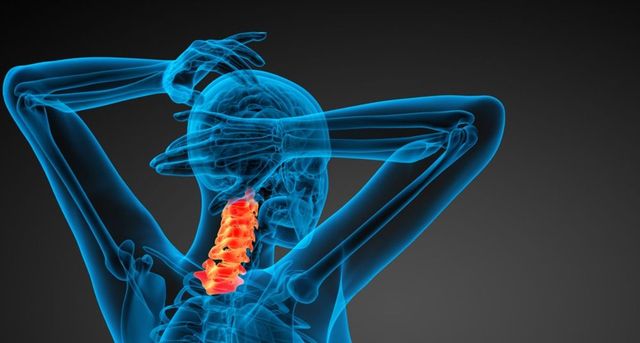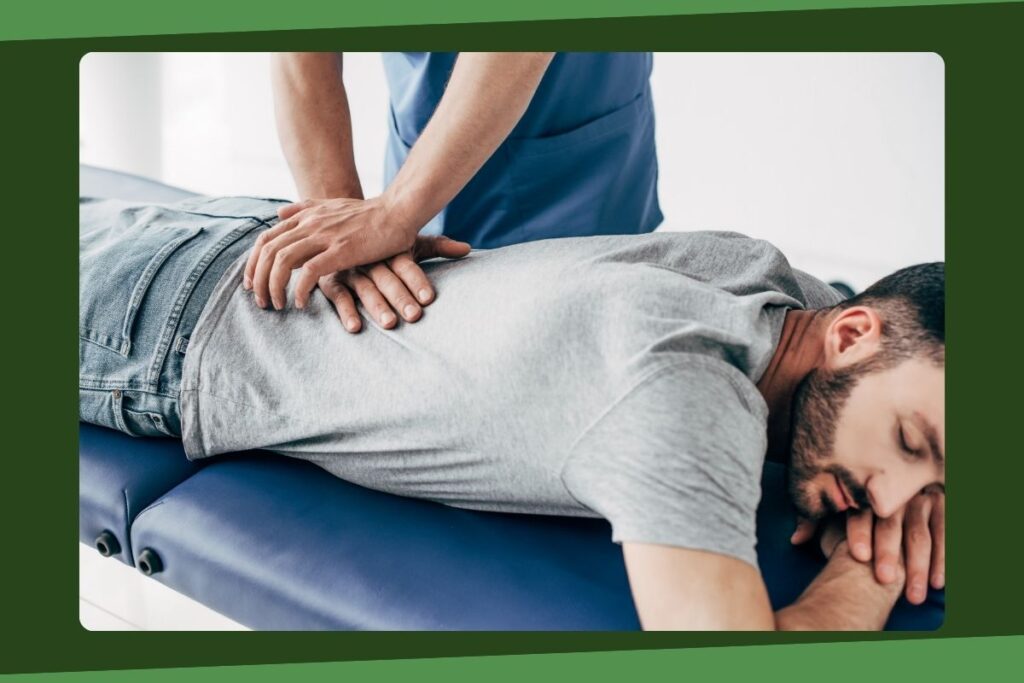Family Chiropractic: A Complete Overview for All-Ages Treatment
Wiki Article
Checking Out Spinal Decompression Methods: What You Need to Know for Better Spine Care
Spinal decompression strategies are necessary for individuals experiencing chronic pain in the back or spinal concerns. These techniques vary from non-invasive treatments to surgical choices, each made to ease stress on the spine. Understanding these techniques is very important for effective back care. Not all techniques are ideal for every condition. The nuances behind each method warrant more detailed exam, as they can considerably affect recovery and total health outcomes. What factors should one consider before deciding?Comprehending Spinal Decompression
Although spinal decompression might appear complicated, it essentially refers to a range of techniques targeted at easing pressure on the spine and surrounding nerves. Back Decompression Therapy. The spine is a vital structure that sustains the body and protects necessary neurological paths. When compression occurs, it can lead to pain, discomfort, and minimized mobility. Comprehending spinal decompression entails identifying the causes of this pressure, such as herniated discs, spinal constriction, or injury. By attending to these underlying concerns, decompression techniques seek to restore proper alignment and function. This process can involve both medical and non-surgical methods, tailored to individual person requirements. The objective is to improve the high quality of life by soothing discomfort, improving pose, and facilitating better activity. As recognition of spinal health grows, the value of understanding spinal decompression becomes progressively pertinent for those seeking efficient treatment choicesCommon Spinal Decompression Techniques
Spinal decompression methods encompass a range of techniques made to eliminate stress on the spinal column and its associated frameworks. These methods can be generally classified into surgical and non-surgical strategies. Non-surgical methods consist of spinal traction, where mild pulling pressures are related to the spine, developing area between vertebrae. This can alleviate nerve compression and advertise healing. Chiropractic changes additionally drop under this category, concentrating on straightening the spine to improve function.Surgical decompression methods entail procedures such as laminectomy, where a section of the vertebra is removed to ease pressure on the spine or nerves. Discectomy, another medical alternative, requires the removal of herniated disc material. Additionally, minimally invasive methods, like endoscopic discectomy, are gaining popularity as a result of their lowered recuperation times. Each strategy serves a certain function and might be chosen based on private patient needs and the intensity of their spinal problem.
Advantages of Spinal Decompression
When taking into consideration the different methods to managing spinal issues, the benefits of spinal decompression strategies end up being obvious. These methods intend to relieve stress on the spinal discs and nerves, which can relieve pain and enhance general spinal wellness. By producing space between vertebrae, decompression advertises boosted blood circulation and nutrient flow to the impacted areas, helping with healing and recuperation.Furthermore, spinal decompression can assist recover the all-natural alignment of the spinal column, possibly decreasing the threat of future injuries. Clients typically report boosted wheelchair and versatility list below treatment, leading to an enhanced quality of life. Additionally, the reduction in stress can decrease signs related to conditions such as herniated discs, sciatic nerve pain, and spinal stenosis, offering a non-invasive option to even more intrusive treatments. In general, spinal decompression techniques supply a variety of therapeutic and physical benefits, making them a useful part of extensive spine care.

Who Can Benefit From Spinal Decompression?
Individuals experiencing from persistent back pain, herniated discs, or spinal constriction may locate considerable alleviation with spinal decompression methods. This non-invasive treatment can be especially helpful for those experiencing nerve compression symptoms, such as tingling, pins and needles, or weakness in the arm or legs. Athletes recuperating from injuries or individuals with degenerative disc illness might likewise take into consideration spinal decompression as a feasible option for discomfort monitoring and boosted wheelchair.Candidates for spinal decompression frequently consist of those that have not reacted well to traditional treatments, such as drugs or physical therapy. It can likewise function as an option for clients seeking to avoid medical intervention. Generally, spinal decompression strategies can offer a restorative option for various individuals encountering spinal problems, helping them restore a greater top quality of life and practical capacity. Consulting a healthcare specialist is necessary to identify the viability of this treatment for certain conditions.
Factors to consider and Safety Measures for Spinal Decompression

The kind of spinal decompression method-- whether medical or non-surgical-- must straighten with the person's details condition and general health condition. Tracking during the procedure is essential to address any type of negative responses quickly. Individuals should additionally recognize that spinal decompression is not a one-size-fits-all option; an extensive treatment plan might include physical treatment or way of life changes to support recuperation. Overall, sticking to these safety measures can greatly improve the efficiency of spinal decompression treatments and promote perfect spine health and wellness.

Regularly Asked Concerns
How much time Does a Normal Spinal Decompression Session Last?
A normal spinal decompression session lasts in between 30 to 45 minutes. This period allows for optimal therapy while guaranteeing the patient continues to be comfy and obtains appropriate focus to their specific spinal problems and needs.Can Spinal Decompression Be Done at Home?
Spinal decompression can be carried out in your home with specific workouts and devices, such as inversion tables or back dental braces. Nonetheless, examination with a medical care specialist is recommended to assure safety and effectiveness in individual instances.Is Spinal Decompression Painful?
Spinal decompression is normally not excruciating; nonetheless, people may experience moderate discomfort or stress during the procedure. Pain degrees can vary based on the person's condition and the approach utilized for decompression.The Amount Of Procedure Are Generally Required for Relief?
Usually, individuals may call for 6 to 10 sessions of spinal decompression therapy to experience significant alleviation (Spinal Decompression). However, the specific number can differ based on specific conditions and actions to treatment, necessitating customized evaluation by healthcare professionalsAre There Any Type Of Age Limitations for Spinal Decompression?
There are generally no rigorous age restrictions for spinal decompression therapy. Nevertheless, suitability might rely on private health problems and the details strategy utilized, so assessment with a health care expert is advised for personalized guidance.Spinal decompression strategies are vital for people experiencing chronic back pain or spinal concerns. Spinal decompression may seem facility, it fundamentally refers to a selection of techniques aimed at minimizing stress on the spinal cord and surrounding nerves. When thinking about the different strategies to taking care of spinal concerns, the advantages of spinal decompression methods become apparent. Individuals experiencing from chronic back pain, herniated discs, or spinal stenosis may find significant alleviation through spinal decompression methods. Overall, spinal decompression techniques can offer a healing option for different individuals encountering spinal issues, assisting them restore a greater top quality of life and functional capability.
Report this wiki page